Monday, 22 April 2024
Menu
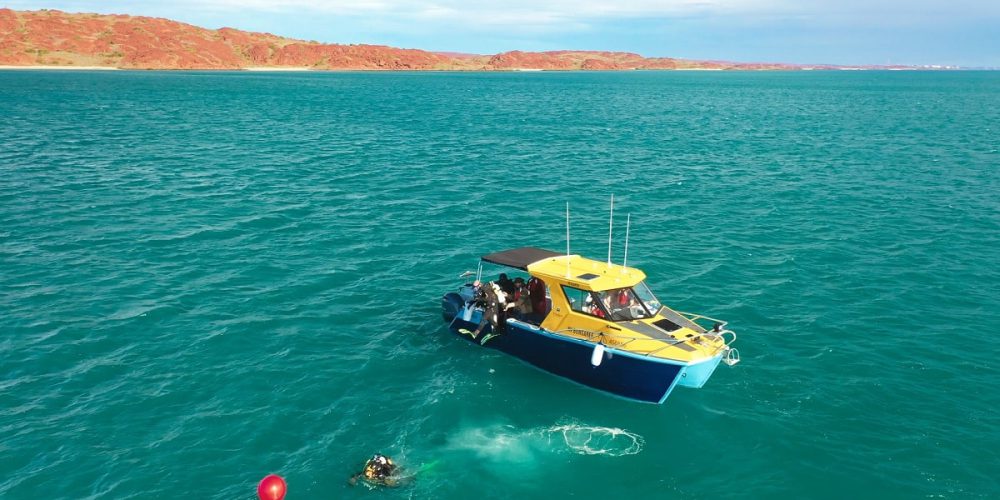
A remarkable discovery was made by the researchers from Flinders University. Scientists have discovered prehistoric artifacts at a submerged site that have been determined to be 9,000 years old. Scuba divers working at the site brought to the surface five sharpened stone tools. Expedition leaders communicated that this is likely the oldest underwater archaeological discovery ever made in Australia.
The newly established archaeological site on the Murujuga Peninsula is located in a strip of ocean between two islands and is known as the Flying Foam Passage. Researchers became interested in the area after receiving information from a local inhabitant. He stated that it was a good place to fish because of the influx of fresh water from a depression in the seabed.
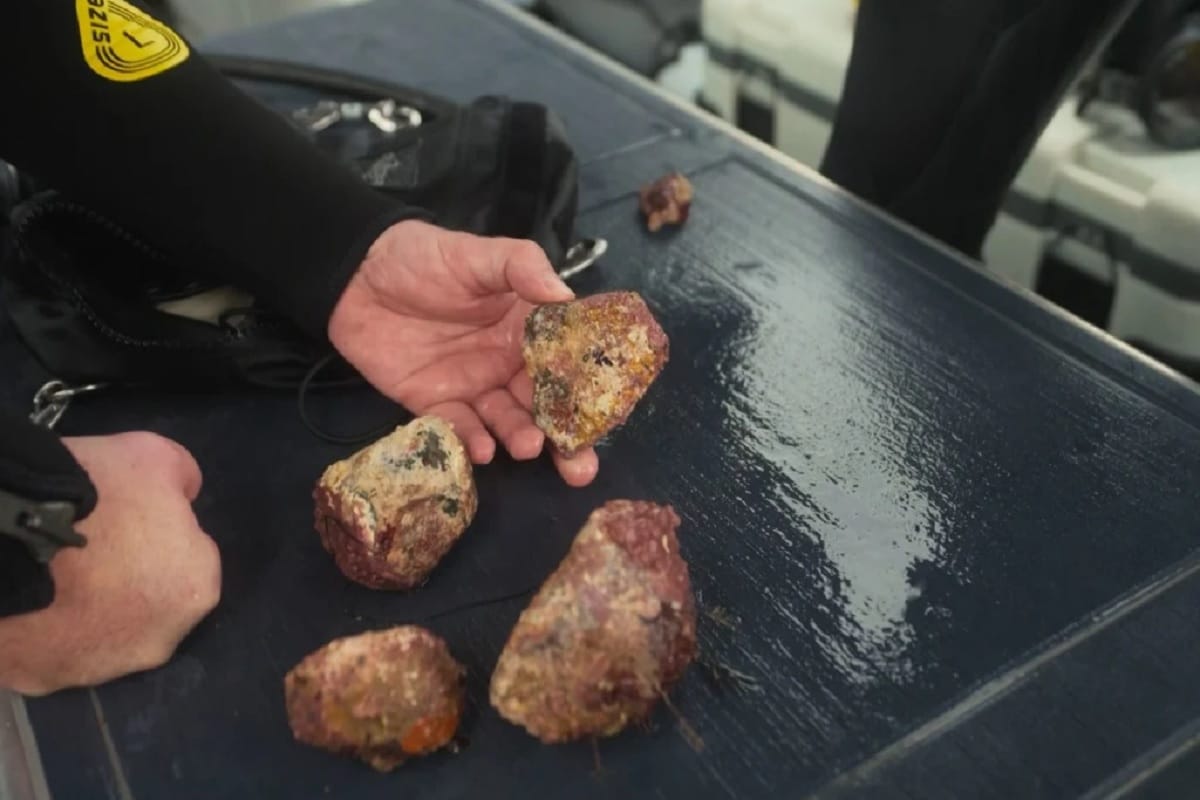
The notified geomorphologist, Professor Mick O’Leary, then located the hole using LiDAR laser imaging. The depression, now 15 meters below the surface of the water thousands of years ago, was a spring in the middle of a dry valley. Australia’s native people lived along its banks.
Later it was time for properly qualified divers to check the bottom. Struggling with poor visibility and strong currents, the divers began exploring the site near the town of Karratha. An additional complication was the algae that covered the stone tools, perfectly masking their sharpened edges.
Underwater operation was not easy. On the one hand, the difficult conditions underwater, and on the other, the object of search, which has blended in with its surroundings through thousands of years. Nevertheless, the archaeologists managed to find stone artifacts.
The search aimed for small stone tools covered with coral, algae, sponges and sea lichen. Wanting to find them, you have to look through all the potential items and determine whether if you clean it all up, it will reveal a cutting edge. Is it a blade, is it an axe, is it a scraper? Could it be a man-made tool? We asked ourselves this question with each piece of rock,” explained lead archaeologist Professor Jonathan Benjamin of Flinders University.
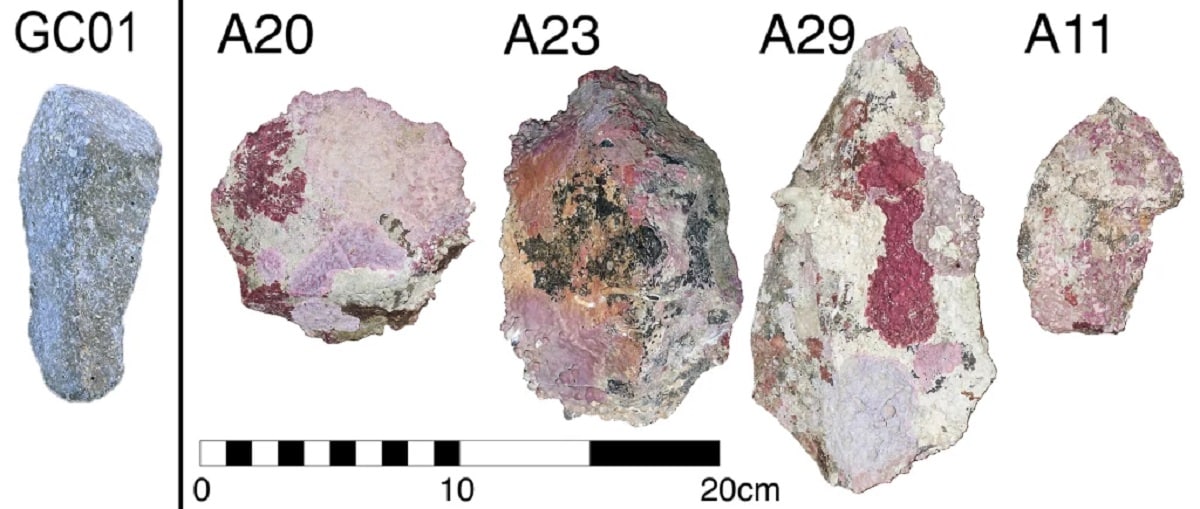
The archaeologists collected five artifacts and dissolved the marine life growing on them with hydrochloric acid. Unfortunately, dating the stone objects is very difficult. All because the radiocarbon method does not work with materials made of inorganic matter.
We believe that they were probably deposited long before the inundation, but for how long? That, unfortunately, we do not know,” Professor Benjamin added.
According to the researchers, the discovered prehistoric artifacts must be at least 9,000 years old. That’s when the area went under water as a result of melting glaciers and rising ocean levels. According to the researchers, the artifacts found were used by people to cut and skin small animals such as opossums.
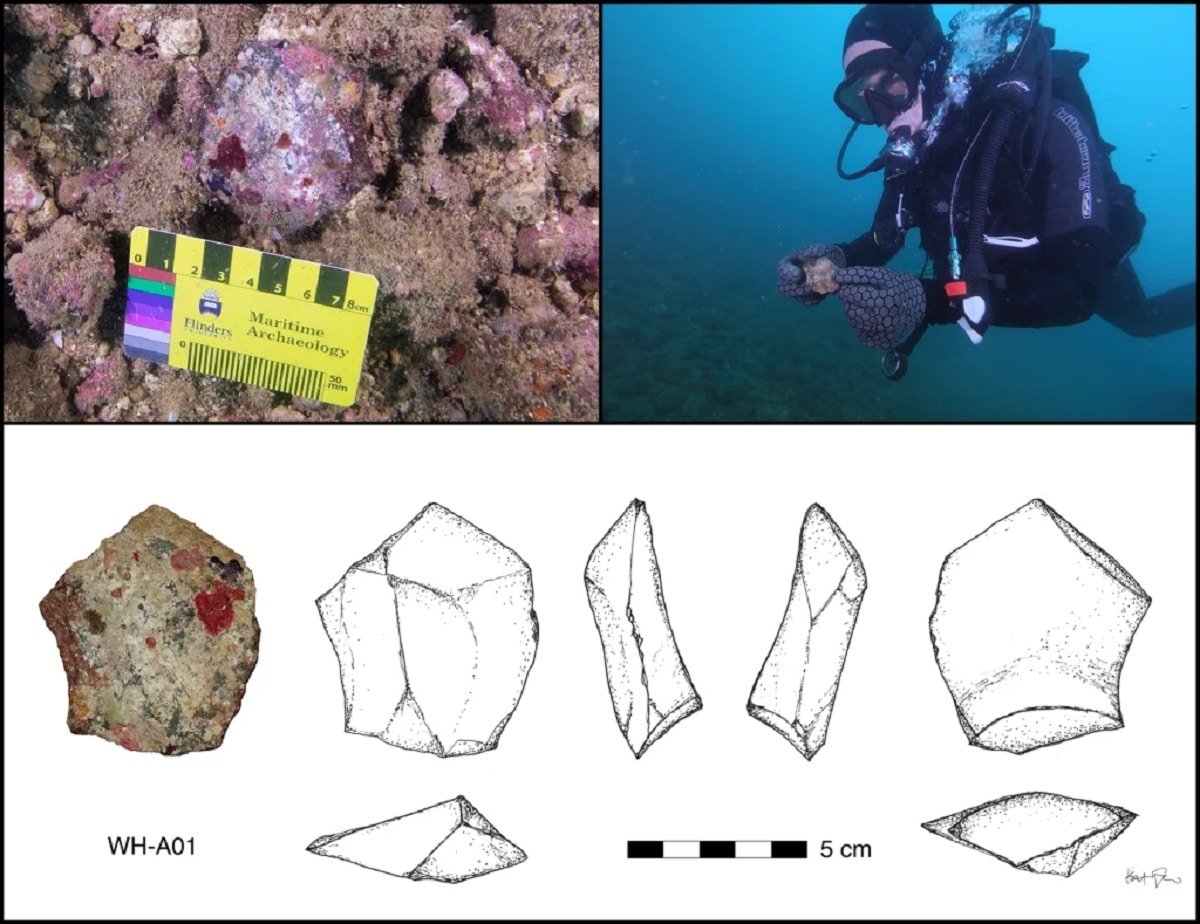
Work at the site was carried out with the permission of the Murujuga Aboriginal Corporation. The body was represented at the site by deputy chairman Vince Adams. To his undisguised joy, literally right in front of his eyes, archaeologists extracted one of the prehistoric artifacts from underwater.
When we received the artifact from the diver and held it in our hand, we knew immediately that it belonged to our ancestors. We recognized it as something we still use today,” Adams said.
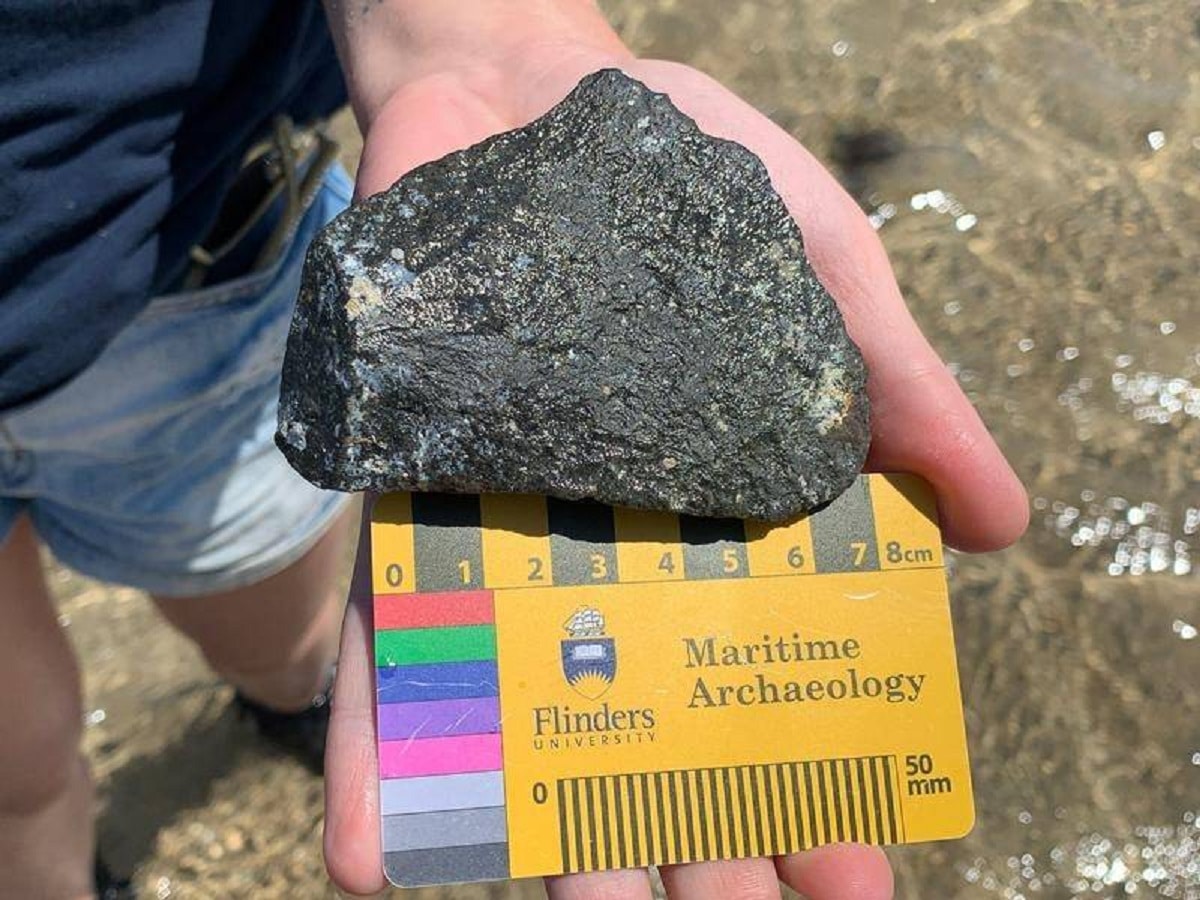
The researchers assume that there will be many more similar discoveries over the next years. Through careful study, they will help tell the story of Australia’s distant past, indigenous cultural heritage and the people who lived here when the continent was 2 million square kilometers larger than the shape we know today.
Interestingly, the issue of protecting such a valuable site seems problematic. Although in Australia any shipwreck older than 75 years is automatically protected, sites like the Flying Foam Passage require special approval from the ministry. As the researchers reported, the Murujuga Aboriginal Corporation unsuccessfully applied to the UN for protection of two marine archaeological sites.
It turns out that it does not meet the requirements of the UNESCO Convention on the Protection of Underwater Cultural Heritage, which requires the protection of archaeological sites more than a century old. According to scientists’ estimates, Australia’s coastline may hide tens of thousands of years of indigenous history buried at the bottom of the sea.

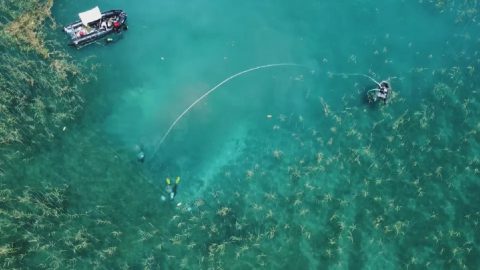
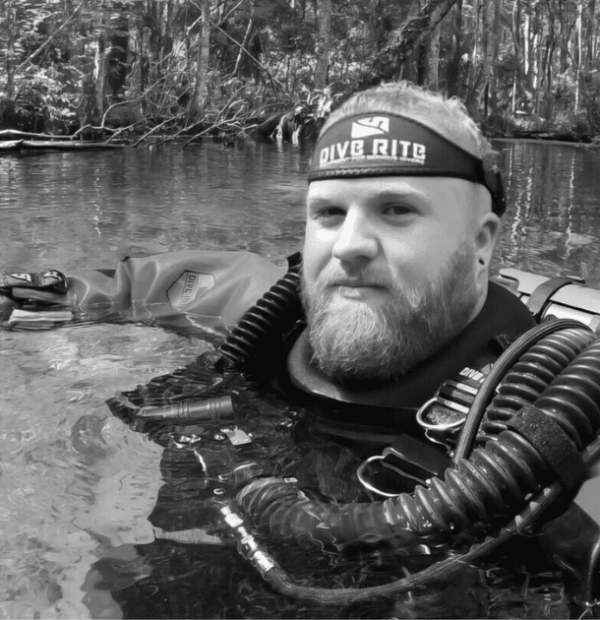

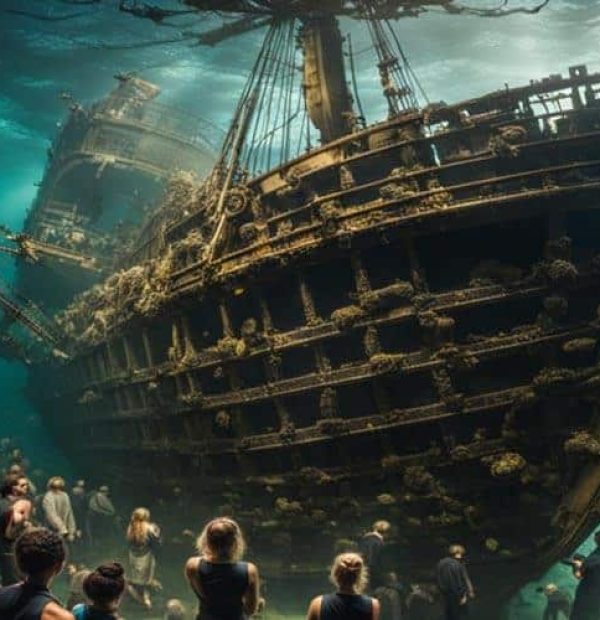
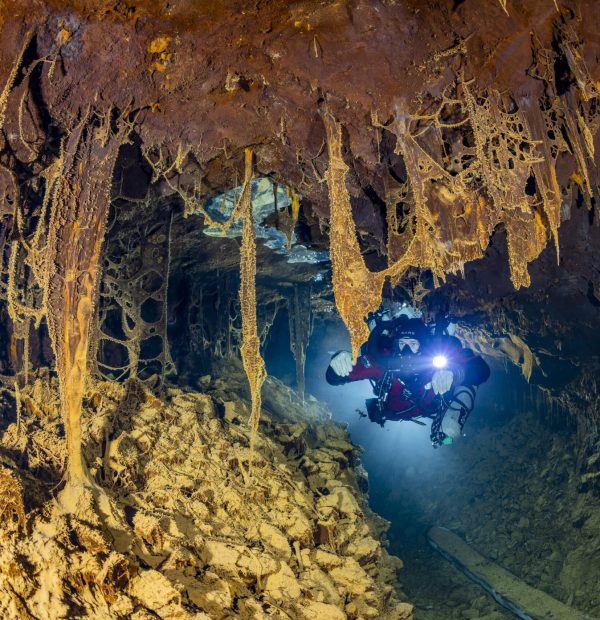
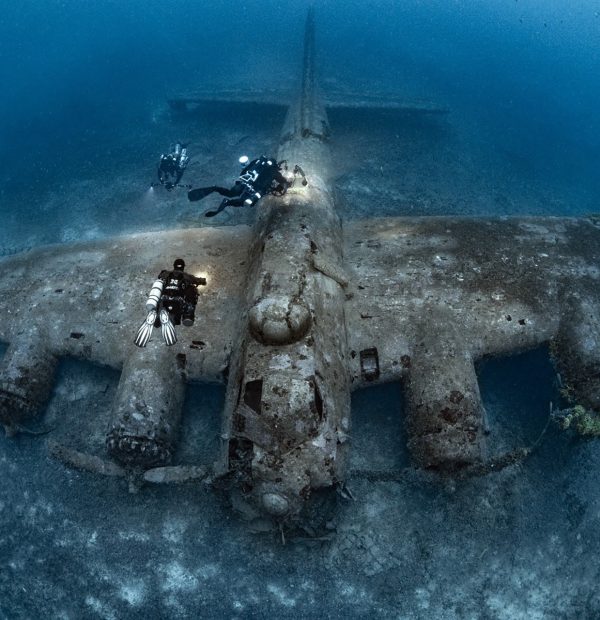

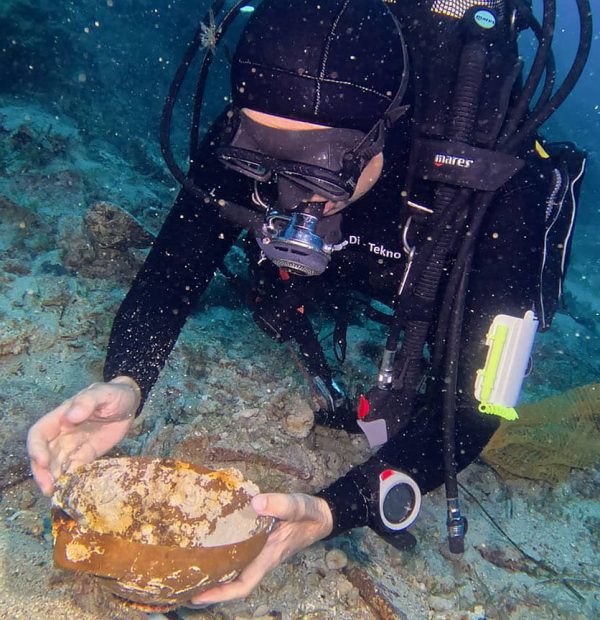

Welcome to DIVERS24.COM, your daily source of scuba news, freediving, scuba diving information, and equipment reviews. Our comprehensive coverage of the dive industry from A to Z provides you with all the latest scuba news, training updates, underwater photography tips, and everything else related to scuba diving. Whether you’re a beginner or an experienced diver looking for more knowledge about scuba gear or techniques – we’ve got it covered! With our in-depth articles written by experienced divers who have been there and done that, you are sure to find exactly what you need here at Divers24.com. Dive into scuba news today!
Underwater Media Sp. z o.o.
Szafarnia 11/F8,
80-755 Gdansk, Poland
Welcome to DIVERS24.COM, your daily source of scuba news, freediving, and scuba diving information. Sign in for a weekly news update and discount coupons for dive gear and apparel.
@2023 - underwatermedia.pl. All Right Reserved. Designed and Developed by Tworzenie stron internetowych Gdansk

The Divers24 portal is currently the largest online medium treating diving in Poland. Since 2010 we have been providing interesting and important information from Poland and around the world on all forms of diving and related activities.
Contact us: info@divers24.com